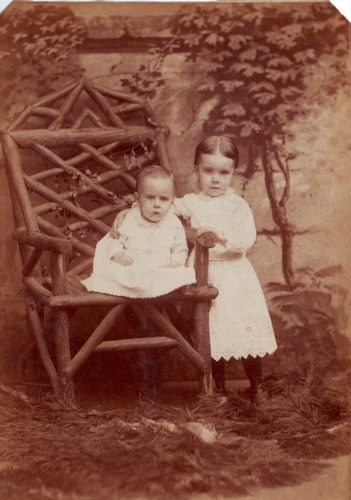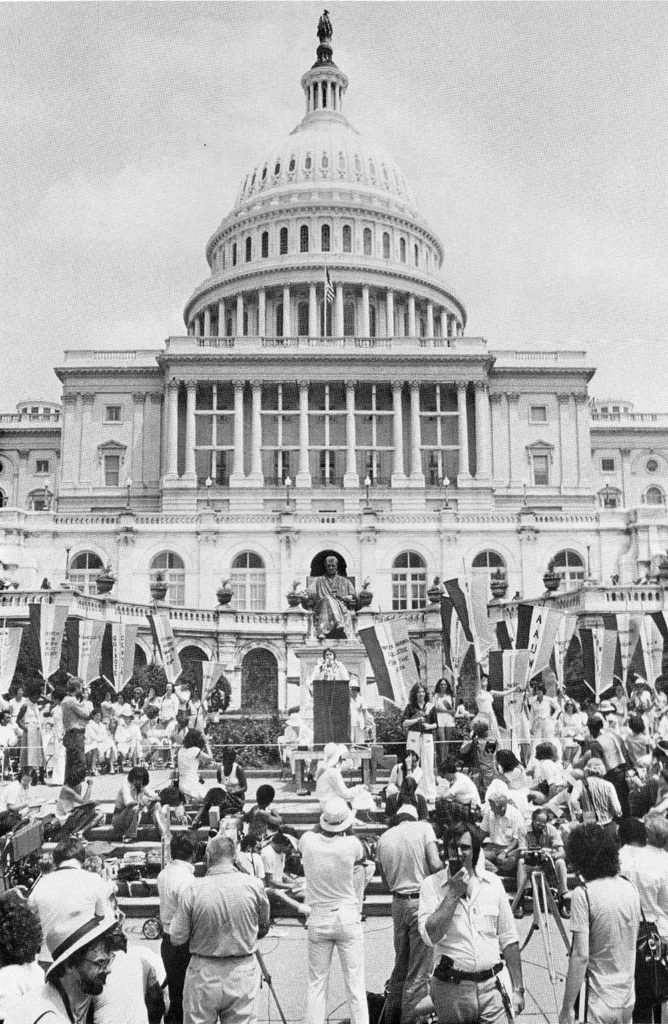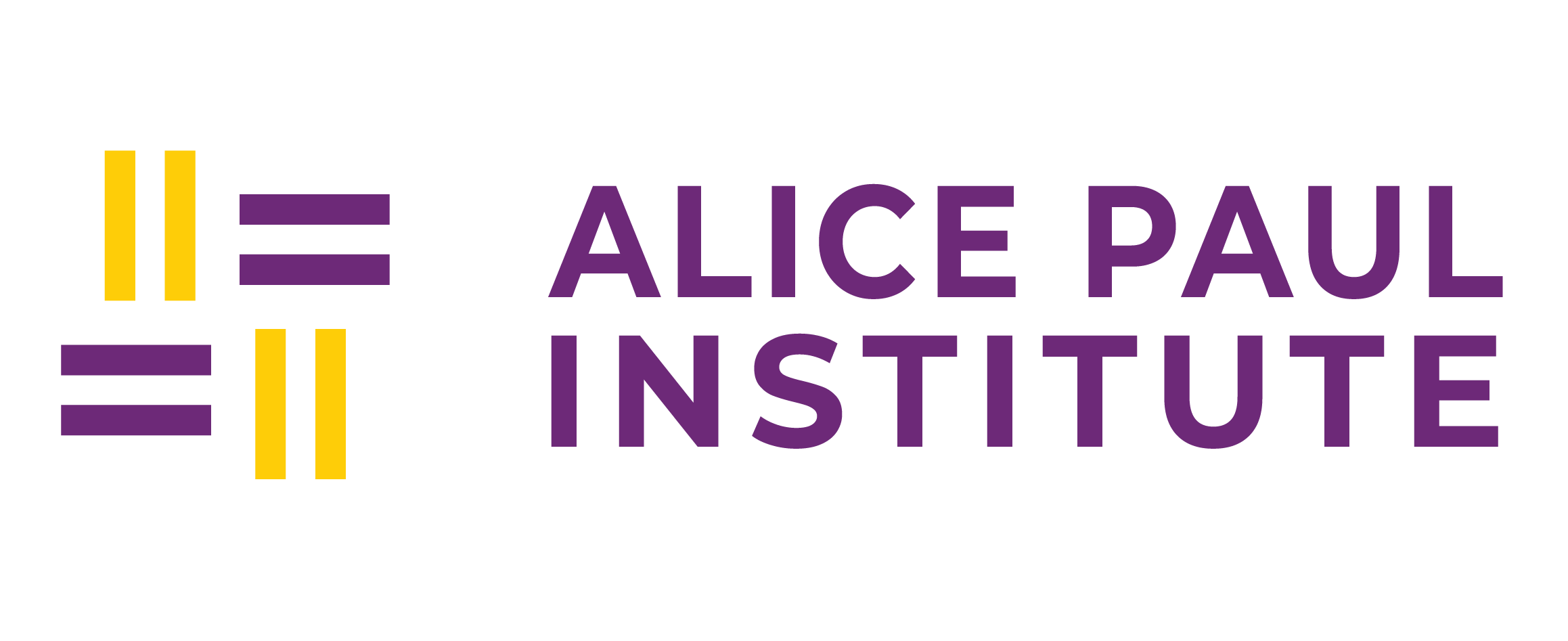Educational Resources
Alice Paul Institute is dedicated to supporting educators by providing engaging resources to introduce Alice Paul’s life and work to students of all ages. Throughout Alice’s life she demonstrated key values and leadership traits we believe enrich lives and communities.
The educational resources below explore the themes of equality, democracy, and social justice. They were co-written by classroom teachers and are designed for use in both middle and high-school classrooms. Provided are full lessons, fun activities, and a short biography of Alice Paul written specifically for younger grades.
We also offer in-person and virtual field trips. See our K-8 programs page.
Lessons and Activities
General Resources
Middle School
High School
FIELD TRIPs
We offer in-person and virtual field trips for school-age audiences. See our K-8 programs page or teen programs page.
Children’s Biography of Alice Paul




